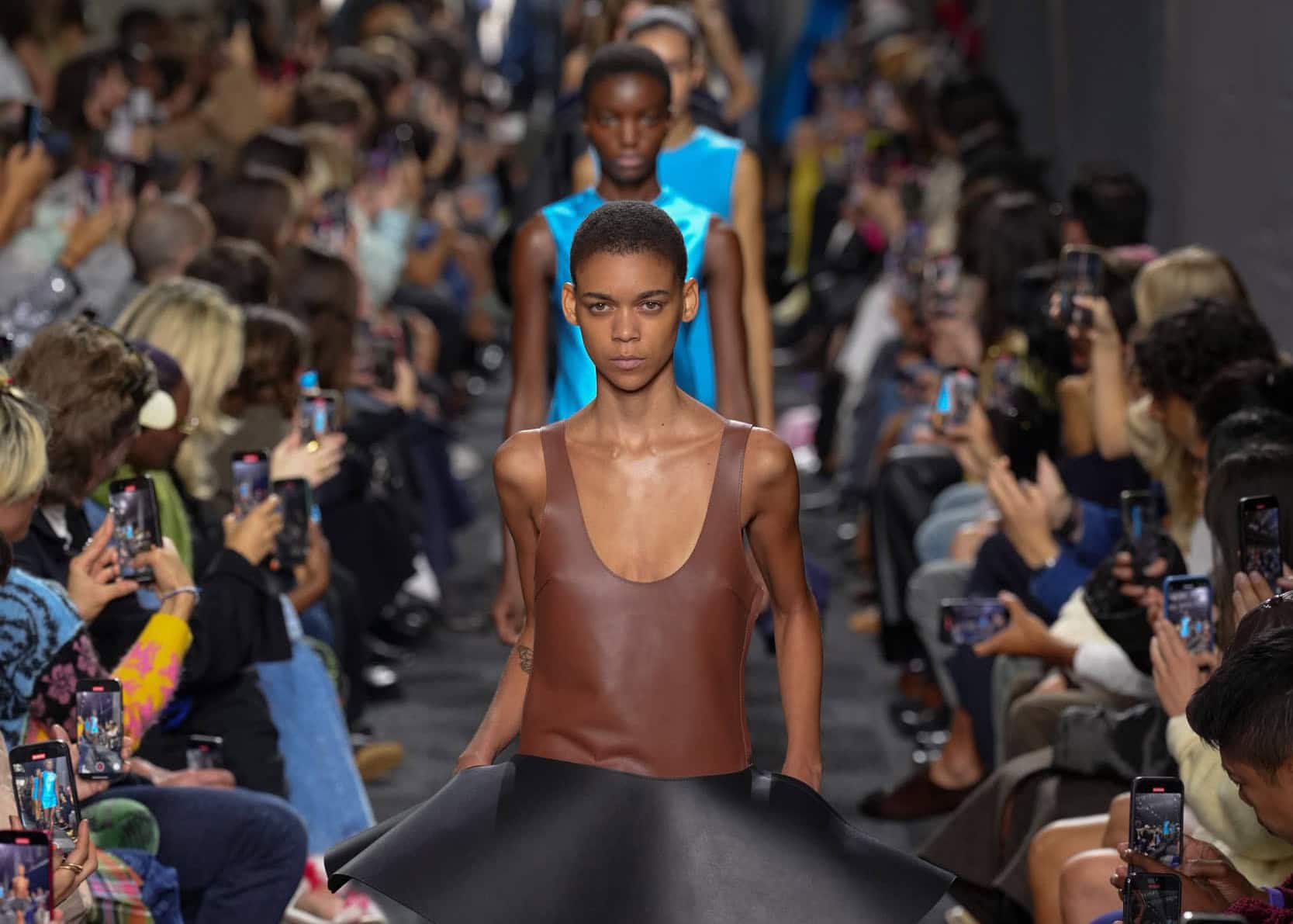The brand will pivot from seasonal fashion towards a lifestyle focus, offering wardrobe staples, jewelry, accessories, art, and home items
JW Anderson, Jonathan Anderson’s namesake label, has announced plans to scale back on seasonal fashion collections, pivoting away from the traditional runway cycle and rebranding with a focus on craft, heritage, and the designer’s personal passions. The new JW Anderson will offer luxurious wardrobe staples, jewelry, sunglasses, art, crafts, and home items. Anderson is expected to unveil the concept this Monday, during Paris couture week, with a presentation at Galerie Joseph.
It’s a chance for him to explore beyond the codes of legacy house Dior, where he’ll be the first since Monsieur Dior himself to oversee men’s, women’s, and haute couture. Anderson’s aim is to rearticulate his personal brand, a process that the JW Anderson team has been working on for the past year. He launched the eponymous label in 2008, and used it as an experimental space, drawing on inspirations from “Wallace and Gromit” to the graphic iconography of dancer and choreographer Michael Clark. Now, his goal is to consolidate past work while also expanding upon his current interests.
One such interest is his passion for craftsmanship. A collector of art, ceramics, and antiques, craft has always been a core tenet of Anderson’s creative language, a way for him to delineate the idea of luxury. As creative director at Loewe, he championed artisanry, establishing the Loewe Foundation Craft Prize.
That celebration remains a crucial thread of JW Anderson’s rebrand. He hopes to highlight individual makers and their personal connection to design, working with a plethora of artists. He’ll collaborate with Wedgwood and British ceramicist Lucie Rie for a collection of teacups and saucers, the sales of which will help provide scholarships and grants to support emerging artists in ceramics and related fields. Special attention is paid to the provenance of the goods: JW Anderson stores will stock Windsor chairs handmade in Lewes, East Sussex, England, by a company called Hope Springs; Murano glasses from Italy, and replica wooden Mackintosh stools made in Perthshire, Scotland. Garments will be made from tartans that come from Lochcarron of Scotland, a textile company specializing in traditional Highland dress, boiled wool from the Yorkshire fabric mill Moon, waxed cotton from British Millerain, and silk grosgrain fabric from the weaver Stephen Walters.
The brand isn’t entirely eschewing the runway, either, but it will aim to be intentional with its process. They haven’t shown a collection since last September, and don’t have any concrete plans to. Instead, they’re slowing down, staging shows only when they feel it’s truly needed. They’ll also be re-examining their retail spaces, shutting stores in London and Milan for refurbishment and reopenings in September and planning for more stores in Pimlico, Belgravia, New York and Paris.
With its renewed focus on craft, provenance, and considered presentation, JW Anderson enters a new chapter, one that looks to the past not for nostalgia, but for a more profound sense of continuity and rediscovery.
